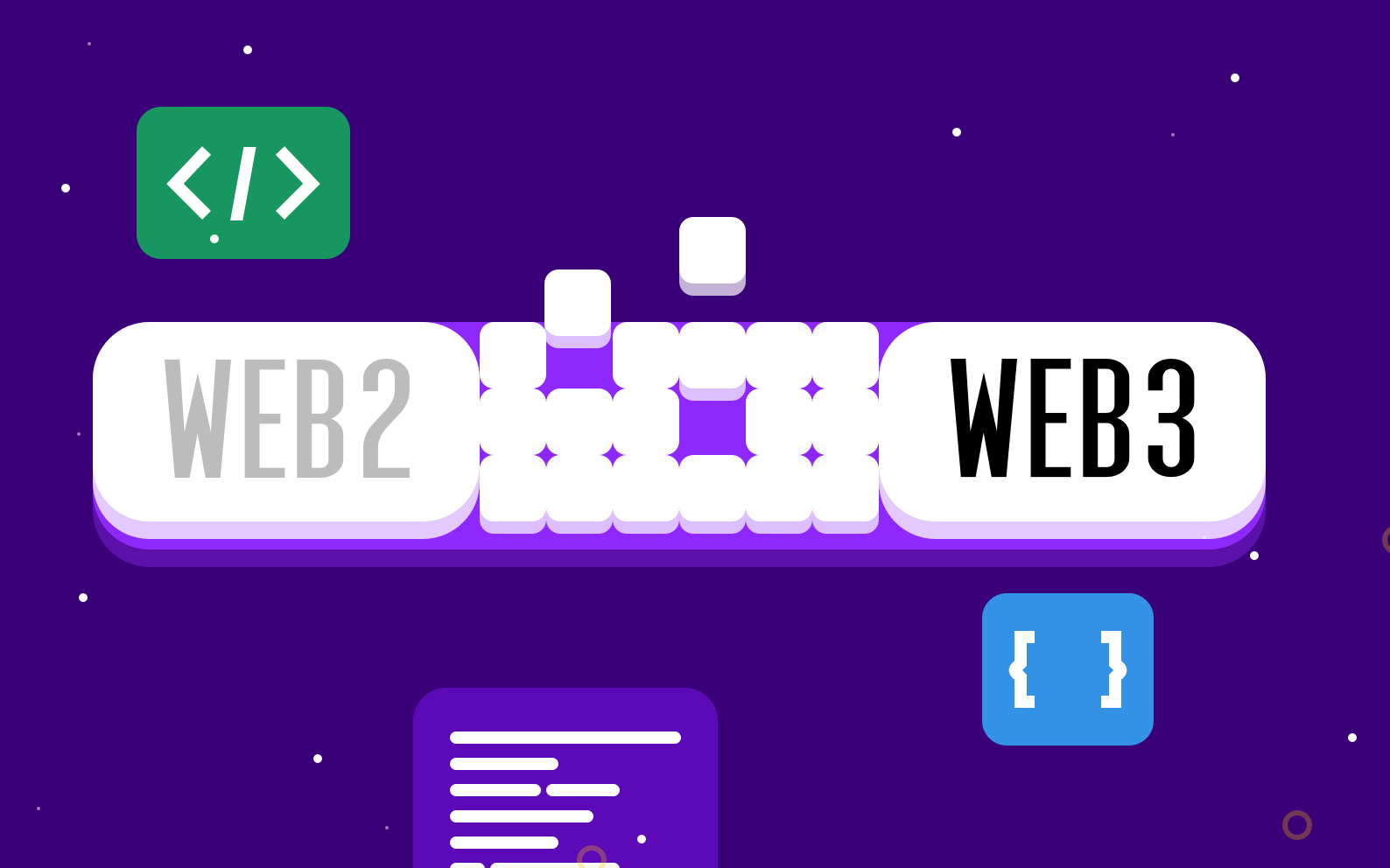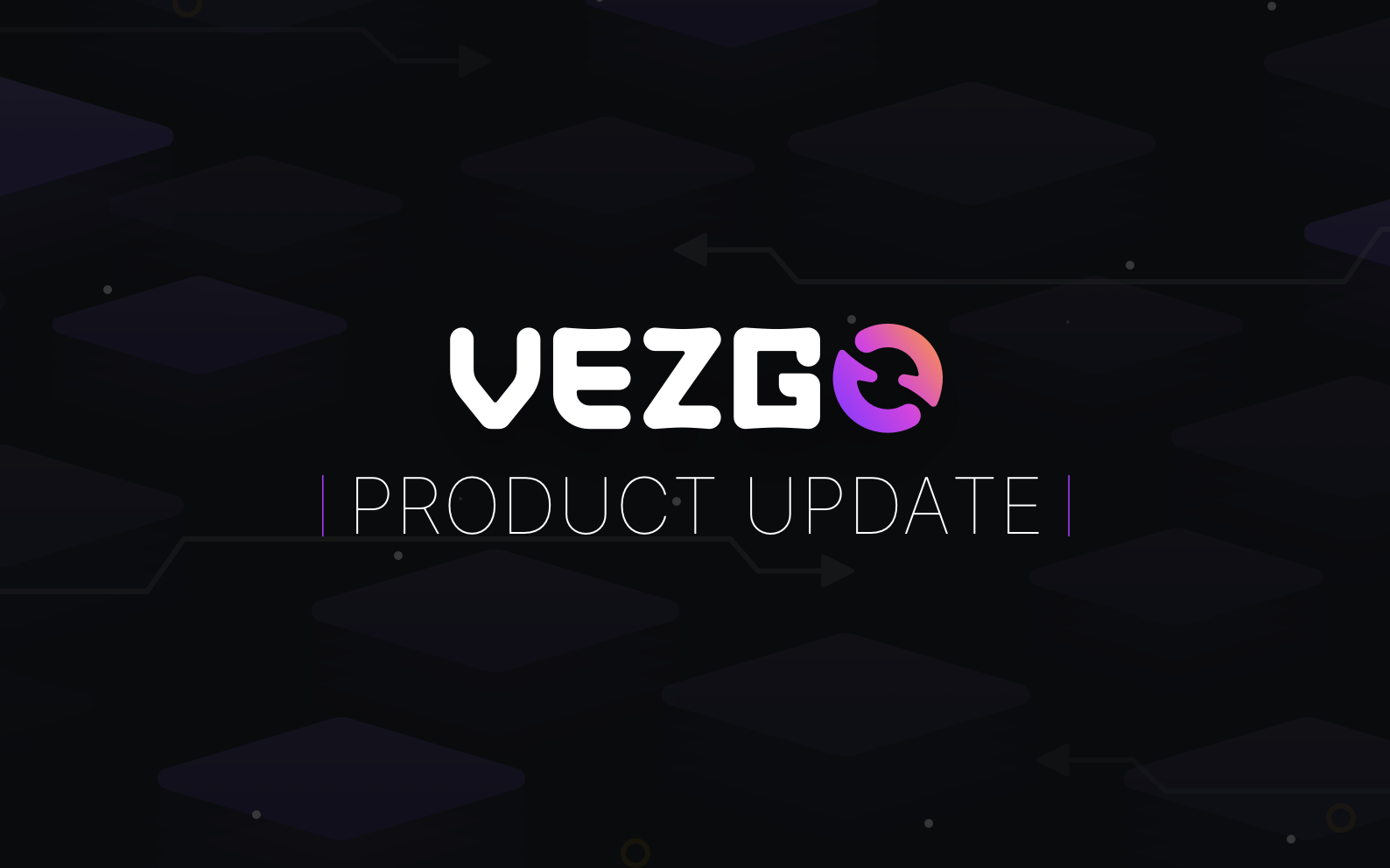
In the Fintech and Web3 landscape, Crypto APIs play a critical part in improving product quality, productivity and shredding costs. APIs like the Binance API make the retrieval and aggregation of crucial data such as account balances and transactions a self-sustaining and seamless process.
Yet, integrating with various exchanges, blockchains and wallets across Web3 is laborious. Companies that need to retrieve private data like account balance, token positions and transaction data know the challenges of integrating each new CeFI and DeFi innovation, dealing with security issues, and the frightening volume of documentation to sustain. Furthermore, it’s not something you build and forget. API specifications change, rate-limits make it hard to keep in sync and your implementation will likely often break and require continuous maintenance.
Fintechs that decide to build their own integrations with multiple Crypto Exchange APIs and Wallets in-house must have at least one or two developers working full-time on creating new connections and rebuilding broken ones.
In this blog post, we’ll explore the four most common challenges of in-house API integrations; incessantly integrating new APIs, maintaining quality documentation, API versioning and security risks. Then, we’ll look at the development costs.
The Challenges of In-House Crypto API Integrations
1. API Orchestration – Managing at Scale

Coinbase API (oAuth), Binance API, MetaMask Wallet, Kraken API, Dash Crypto, Euthereum, etc. Forbes estimates the number of crypto exchanges around 600. Combining this number with the ever-increasing number of new exchanges, wallets, blockchains and NFTs, building and maintaining APIs for all of these is a challenge in itself.
API orchestration is the process of bringing together multiple application integrations into a single API. But connecting different systems are not a one-size-fits-all process. With customers constantly asking for new application integrations, each individual connection must be done manually by your developers. Some connectors take days to develop and need to be patched weekly.
Developers spend hours dealing with the complexity of coordinating multiple APIs and compatibility issues. The challenges associated with building and maintaining those connections can quickly distract your team from developing value-added features.
As you increase the number of connections you offer and develop in-house, orchestrating those connections can become a burden for your development team.
2. API Documentation – Keep It up to Date

To ensure the long-term success of your integrations across different developers over time, proper documentation is essential. Insufficient documentation or poorly documented API integrations are challenges that developers constantly face. Asking your developers to document integrations greatly increases their workload, in addition to the regular code they must document.
As APIs evolve over time to fix broken connections and other patches, the documentation needs to be updated to reflect changes in features and functionality. Large integrations with many contributors require a high level of coordination and collaboration to guarantee that the documentation will be consistent and adhere to an established set of standards.
3. API Versioning – Managing Changes

API Integrations need to be frequently updated while offering support on old versions. These improvements or fixes must be made without impacting API users and must be clearly communicated to consumers. Managing these challenges is called API Versioning.
An unstable API can have a dramatic effect on your business. In the case of a portfolio manager, if your users cannot upload their bank account data, it is likely that your customers will lose confidence in your product and start looking for alternatives.
The time that your developers spend ensuring compatibility between different versions of the API, providing a clear path and documentation, and depreciating old versions of the API is time that is not spent developing your core products.
4. API Security – Breach Prevention

Security is one of the most important challenges of API integrations, especially when it comes to dealing with financial data. Major data breaks and hacks occur because of exposed APIs. In the U.S., it is estimated that companies lost between $10 billion to $20 billion due to API-related security threats. With the volume of APIs constantly growing, this number will only continue to grow.
Implementing a high level of security in your API integrations means putting measures in place to protect the integrity, confidentiality, and availability of data flowing through the APIs while limiting access to authorized users only.
When dealing with sensitive data, security certifications are relevant to determine the level of security of the API integrations. The most widely recognized certifications are SOC 2 Type II and ISO/IEC 27001. The role of these certifications is to provide assurance that organizations that build and maintain APIs have strong controls and processes for security, availability, processing integrity, confidentiality, and privacy. They also ensure that the organization is secure and compliant with relevant regulations and industry standards.
Now, Let’s Look at the Costs

APIs are an incredible way to improve productivity and streamline the data acquisition process, but the cost of building and maintaining APIs in-house can be quite significant. When you decide to build your own API integrations internally rather than choosing one that is already available, there are several costs to consider, including:
1. Development costs:
Developing API integrations in-house is an extremely time-consuming and resource-intensive process. In addition to digital infrastructure costs, you need to consider the salaries of developers, testers, project managers, and training staff. In the U.S., the median annual salary for a software developer is $110,000.
2. Maintenance costs:
Once the API integration is finally developed, the maintenance game begins. API integrations must be maintained, supported, and discontinued. This involves addressing major and minor bugs, providing the required and updated documentation, and providing support to users. These costs require ongoing investment and often increase over time.
3. Opportunity costs:
Developing API integrations in-house also has a substantial opportunity cost. The resources and time developers spend building and maintaining APIs are diverted from other projects, which often have real value to the business. For example, an organization with limited resources that spends six months and $500,000 developing a API integrations internally could have used those resources to develop a new product or service or to pursue other strategic initiatives that could have generated sizeable revenue.
API Integration Opportunity
Overall, while developing API integrations in-house may seem like the most attractive option due to its greater flexibility, the associated challenges and costs are often underestimated. In some cases, it may be more cost-effective, efficient and secure to select an API provider that has already been built and tested.
Companies that make this decision typically justify the investment by calculating the costs and opportunity costs of building and maintaining API integrations while being able to quickly aggregate the data from other applications they need to play their true value-added role.
In-House Crypto API Integrations (ie: Binance API) vs Using Vezgo

When it comes to accessing data from several sources in crypto, aggregated APIs like Vezgo offer a solitary, cohesive interface. It provides one-stop access to numerous crypto-holding platforms. With a single API, Vezgo manages the entire service architecture, stores the data for you, and grants you access through a single API integration.
Therefore, you may access data from NFTs, crypto exchanges, wallets, and anywhere else that crypto assets may be with just one API. Compared to having separate API integrations for each data source, this can provide several advantages.
Aggregated APIs have the potential to save developers time and effort. It cuts down on the amount of testing and maintenance necessary, as well as the quantity of code that needs to be written.
The ability to offer users a more uniform experience is another benefit of aggregated APIs. Since all of the data can be accessed through a single interface, it can be presented uniformly, making it simpler for people to comprehend and apply.
Data enhancements from Aggregated APIs Integrations

Additionally, aggregated APIs can often provide more comprehensive data than individual APIs. Since they can access data from multiple sources, they can provide a more complete picture of a given topic or situation. In applications where data from several sources are required to make decisions or give users information, this is extremely helpful.
Overall, the use of aggregated APIs like Vezgo can provide several benefits, including saving developers time and effort, providing a more consistent experience for users, and providing access to more comprehensive data.
Looking for a Digital Assets API integration?
Signup for Vezgo Crypto Data API
For example, an e-commerce website might use an API to integrate with a payment gateway, allowing customers to make purchases on the website using a secure and reliable payment system. Alternatively, a mobile app might use an API to access data from a database or web service, allowing the app to display up-to-date information to the user.
API integration can be a complex process, as it involves designing, testing, and deploying APIs that are capable of handling the desired functionality and data exchange. However, it is a powerful tool that enables organizations to build software solutions that are flexible, scalable, and highly interoperable.





Comments (5)
What is an API Integration?says:
13 January 2023 at 8:28 pm[…] an API is a platform that facilitates data exchange, API integration is the connection that is effected or facilitated in the exchange. Specifically, an API integration […]
Vezgo Update: Binance Rework, NFTs and more Fixes and Enhancements - Vezgosays:
27 January 2023 at 6:24 pm[…] of the most difficult to work with for our team because of the complexity and limitations of the Binance API). What does this means for […]
Vezgo Solidifies Leadership as Hatchfi API Exits the Stage - Vezgosays:
13 June 2023 at 12:27 pm[…] is the easiest way for people to connect any crypto exchange, wallet, account, or protocol to your app and retrieve balances, holdings, and […]
Integrate the Bitfinex API with Vezgo - Crypto APIsays:
13 February 2024 at 8:09 am[…] Vezgo crypto API is the perfect tool for those who are looking to aggregate crypto portfolio data for multiple platforms at the same time for whatever reason. With the Vezgo API, you can aggregate account holdings, transaction history, and so much more. […]
Integrate the Bitbuy API with Vezgo - Crypto APIsays:
14 October 2024 at 10:08 am[…] on the developers so that their users are not left out of beneficial updates. Integrating with Vezgo crypto API cuts off this hassle, ensuring users are automatically up-to-date with Bitbuy’s […]